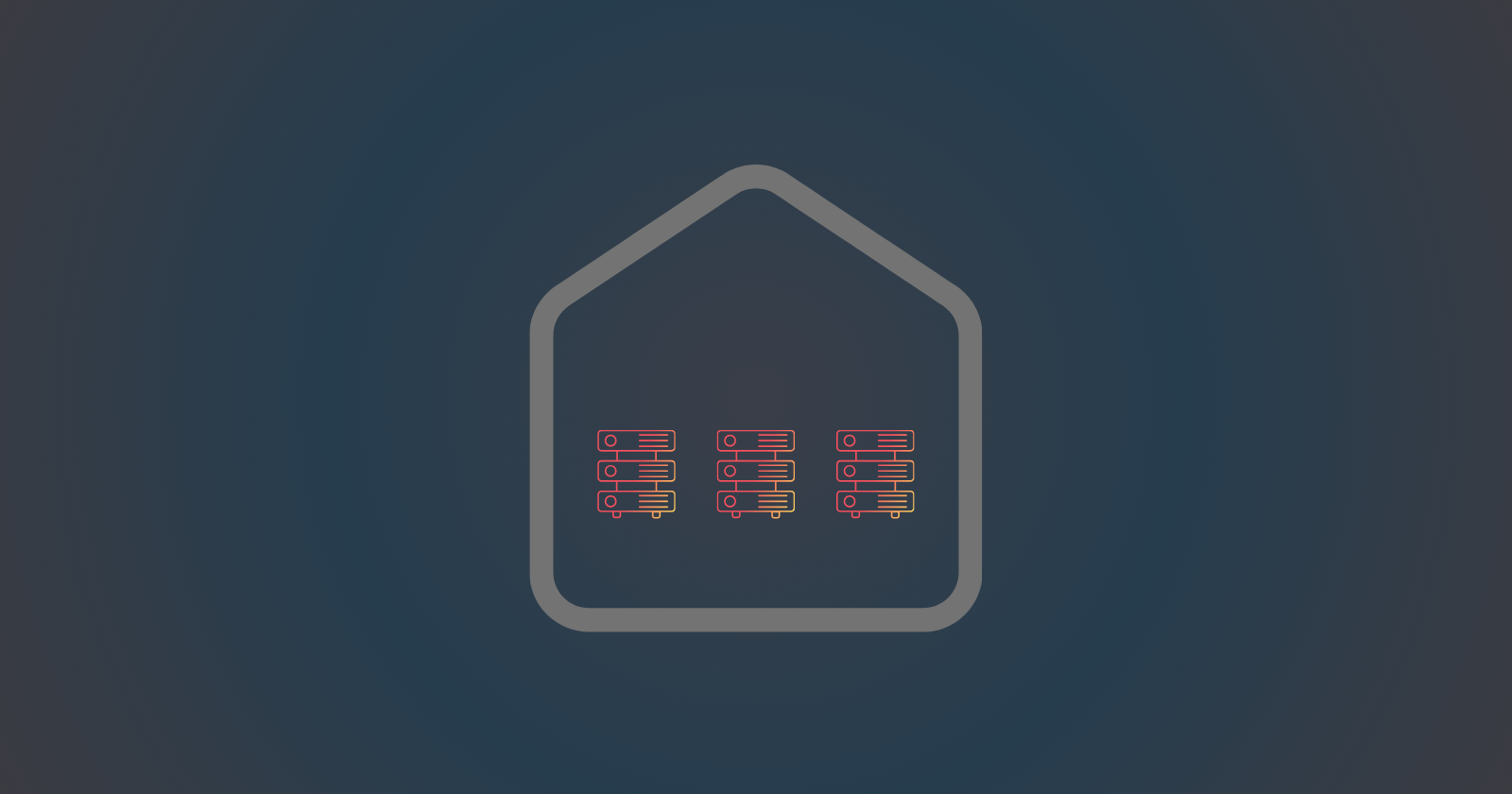Data Center Setup: My Experience
 Caleb Nyachwaya
Caleb Nyachwaya
It's been a while since I last graced these digital pages. But today, I’m putting on my writing glasses (yes, they exist) to share some insights about setting up a data center. You might be thinking, "In this age of cloud computing, who's still building data centers?" Well, apparently, I am. I’ve been overseeing the setup of a data center for a call center that hosts 500 agents.
Before we dive in, I want to clarify something: I may not have the credentials to advise on best practices for data center setup, as this was my first project. However, I’ve picked up some useful nuggets along the way, and I’m here to pass them on.
So, what’s a data center, anyway? It’s is a facility that houses servers and other critical IT infrastructure. With cloud technology on the rise, many companies are shrinking their data centers down to just a few key devices like ISP routers and switches. Frankly, writing about traditional data center setups in a cloud-first world might seem outdated, but I love the process of documenting my IT adventures, so here we are. A big shoutout to my amazing colleagues, who were instrumental in this project.
Key Areas to Consider in Data Center Design:
When designing a data center, your focus should be on optimizing performance, ensuring security, and allowing for scalability. You’ll want to address three primary areas:
Devices and Cable Management
Safety Measures
Power Supply and Distribution
Devices and Cable Management
Let’s talk about the backbone of any data center: devices and cable management. Understanding these key components is crucial for keeping your setup organized.
Components
Rack: A vertical structure that holds and organizes devices such as servers, routers, and switches.
Cabinet: A large enclosure housing racks and critical infrastructure.
Power Distribution Unit (PDU): Distributes electrical power to the devices within the data center.
Patch Panel: This flat panel with multiple ports connects various devices while keeping everything neat and organized. Proper labeling is essential for easier troubleshooting and maintenance in the future.
Brush Panel: A metallic panel with bristle-like features that allow cables to pass through while maintaining a neat appearance.
Rack Shelf: Flat surface designed to hold non-rack-mountable devices, making it ideal for carrying equipment with unusual sizes.
Mounting Rails: Vertical metallic rails inside the cabinet where devices like servers and switches are securely mounted.
Blanking Panels: These panels fill unused spaces in the rack, helping to direct airflow and improve cooling efficiency.
Side Panels: Removable panels on the side of the cabinet that give you access to your equipment and add some extra sturdiness to your cabinet.
Cable Management
Cable Ladder/Runway: Overhead or underfloor structures used to route and support large bundles of cables within the data center.
Raised Floor: Consider a raised floor to facilitate underfloor cable management and air distribution, helping to organize power and network cables and improve airflow.
Use different colors for your cables. This will make your life easier when it comes to identification and maintenance.
For the love of neatness, use rack panels to route cables between racks. It keeps things tidy and avoids unnecessary cable crossing.
Safety Measures
When it comes to data centers, safety is a necessity. From securing access to managing airflow, here’s how to keep your data center safe, cool, and secure.
Access Control Systems
Physical locks on doors and cabinets are the first line of defense. To further enhance this protection, electronic locks that require key cards or PINs for entry can be added. For an even higher level of security, biometric scanners that use unique biological traits like fingerprints and facial recognition can be utilized.
Surveillance Cameras
Continuous Monitoring through strategically placed cameras can help capture activities within and around the facility. These cameras should have the ability to store recorded footage for an extended period, which can be crucial in the event of a security breach.
Real-time observation through live feeds or security personal security can help safeguard the data center by allowing immediate detection and response to any incidents.
Cooling Systems
Due to the heat generated by data centers, cooling systems such as air conditioners, fans, and CRAC units are vital. However, relying on a single cooling system is risky. It is important to have backup cooling systems in place to ensure that the data center can continue functioning even if one unit fails.
Periodic audits and maintenance of these devices will help in preventing breakdown or faulty systems that may lead to the data center overheating.
Proper Airflow Management
The placement of cabinets is essential in ensuring proper air circulation and avoiding overheating that may harm the equipment. By using cabinets with perforated doors, air can circulate freely while still protecting the devices stored inside.
Environmental Sensors
Temperature and humidity sensors should be installed throughout the data center to continuously track and maintain optimal operating conditions. In addition, Smoke and dust detectors should be installed, which play a vital role in the detection of potential fire hazards or dust accumulation which can harm data center equipment.
Fire Extinguishers
In the event of a fire, having the fire extinguishers readily accessible is vital. These should be strategically placed throughout the data center so that small fires can be quickly addressed before they escalate into more significant threats.
Hidden Power Sockets
Safety also extends to the electrical setup within the data center. Hidden industrial sockets are a smart choice, as they prevent unauthorized access and reduce the risk of accidental damage to critical power connections.
Physical Layout
Lastly, the physical layout of the data center must be carefully considered. The room should be designed with ample space, allowing easy access to racks and equipment from both the front and back. This not only enhances accessibility but also improves airflow, contributing to the overall safety and efficiency of the data center.
Power Supply and Distribution
A robust power supply system is crucial for maintaining continuous operations. Here’s a simple setup:
Grid Power
The national grid serves as the primary source of electricity for the data center during normal operations.
Uninterruptible Power Supply (UPS)
The UPS ensures uninterrupted power to the data center equipment during the brief moments when the ATS is switching between power sources, and it conditions the power for clean delivery.
Automatic Transfer Switch (ATS)
The ATS manages the seamless switching between the national grid and the backup generator, ensuring the UPS always receives power from one source or the other.
Backup Generator
The generator automatically starts during a grid failure, providing power until the grid is restored.
It should start automatically within seconds of a grid failure, supplying power until the grid is restored
Documenting
Please, don’t forget to document everything—from rack diagrams to power distribution plans—to make future maintenance and upgrades smoother.
Here’s a rack diagram template to get you started.
Tools of Trade
Always have a well-stocked toolbox with screws, washers, zip ties, and that mysterious widget you always seem to need. Because in the world of IT, it's better to have it and not need it than to need it and not have it.
Conclusion
Designing a data center requires careful planning and attention to detail. By focusing on device organization, safety measures, and a reliable power supply, you can ensure that your data center operates efficiently and securely.
Stay tuned for the next article where we’ll dive deeper into power distribution and explore what happens during power transitions.
Until then, happy cabling!
Subscribe to my newsletter
Read articles from Caleb Nyachwaya directly inside your inbox. Subscribe to the newsletter, and don't miss out.
Written by
